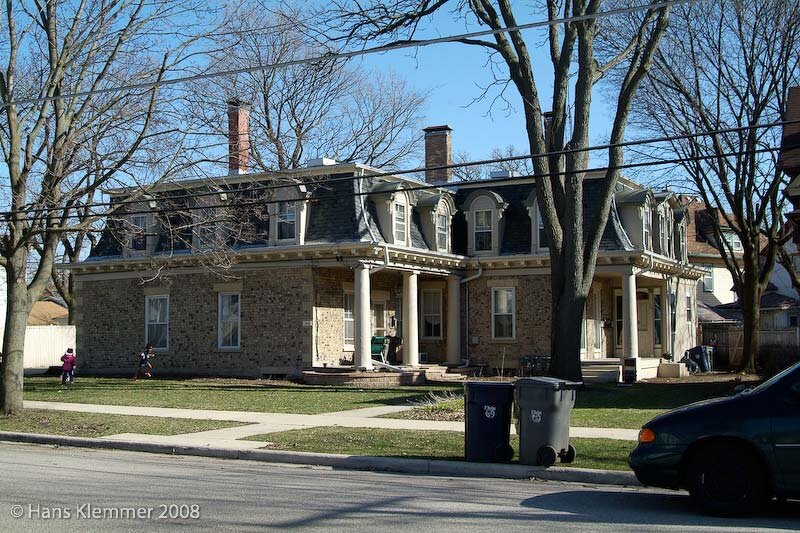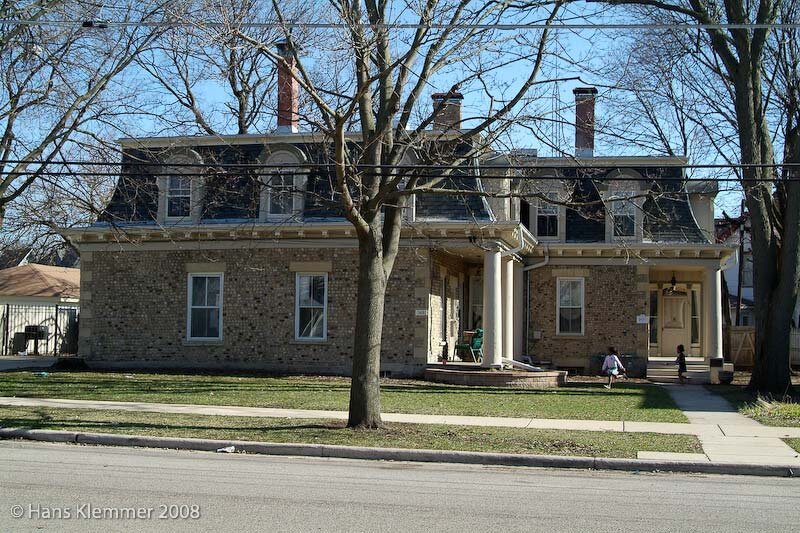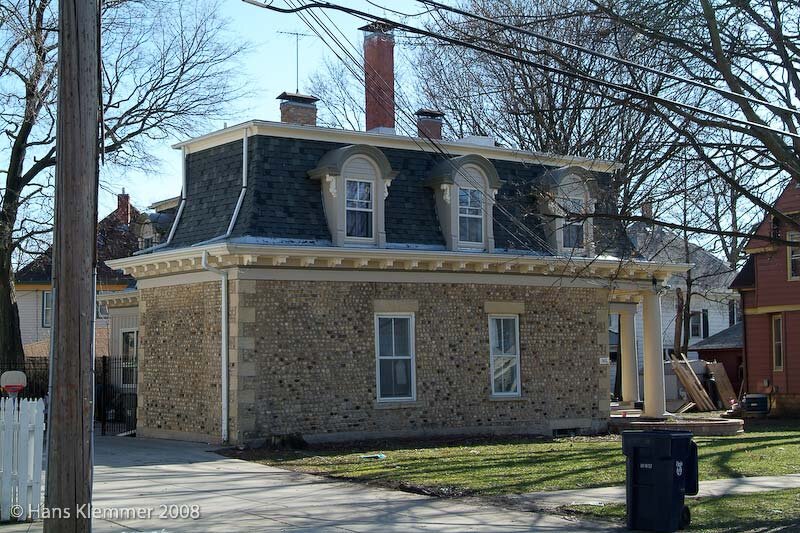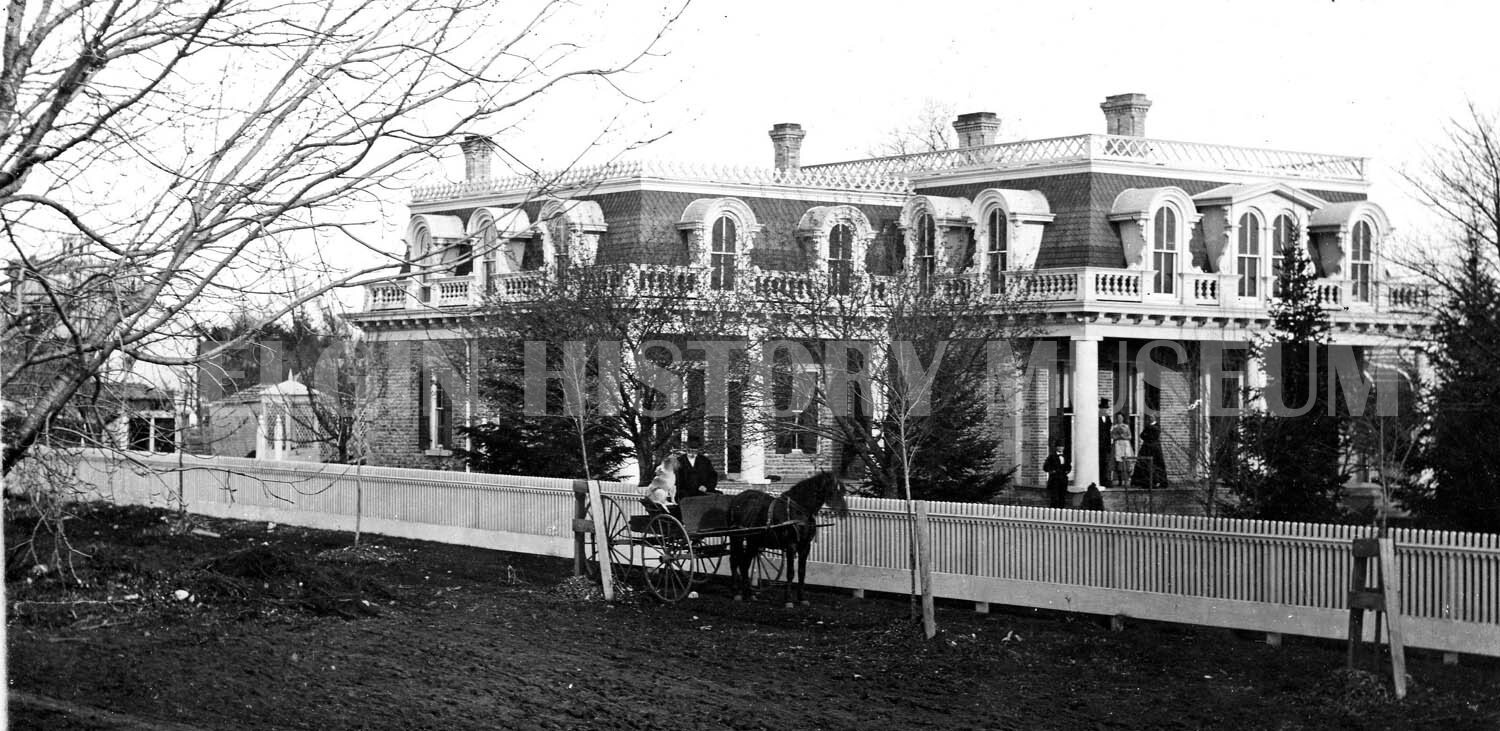363-365 PRAIRIE STREET
HISTORIC SIGNIFICANCE
James Talcott Gifford is considered to be the founder of Elgin. He purposefully located the city between Galena and Chicago, a prominent trade route in 1835. He named the town after a Scottish hymn that he enjoyed. The location of his original log cabin is no longer standing but marked with a bronze plaque on Prairie Street between Chapel and Villa and his second home at 277 Prairie Street was also torn down. His third and final home has fared much better over the last 160 years. Built in 1849, the home features sixteen rooms, limestone ionic columns, quoins, window caps and sills. The builder was Edwin F. Reeves. The mansard roof was added in 1871 by his daughter, Caroline Davidson, who inherited the house after his death in 1850. In 1903, the home was divided into rental apartments.
The Gifford-Davidson Family was one the most prominent families in Elgin during the second half of the 19th century. Every year they hosted parties, teas, and church gatherings on the spacious lawn. The annual ‘Strawberry Festival’ became the party of the social season.
While this property is within the boundaries of the Elgin Historic District, it was listed individually on the National Register of Historic Places in 1980.
ARCHITECTURAL SIGNIFICANCE
363-365 Prairie is considered a significant structure to the Elgin Historic District and is in excellent condition. The home exhibits Ionic columns with a mansard roof and rounded top dormers. The roof is held up by decorative brackets found around the entire home. The most significant element to this home is the cobblestone construction, and is one of only six still remaining in Elgin.
TIMELINE OF PREVIOUS OWNERS
Sources: 1980 The Stone Cottage National Register Nomination; 2008 Elgin Historic District Architectural and Historical Survey; Audio: TextAloud




